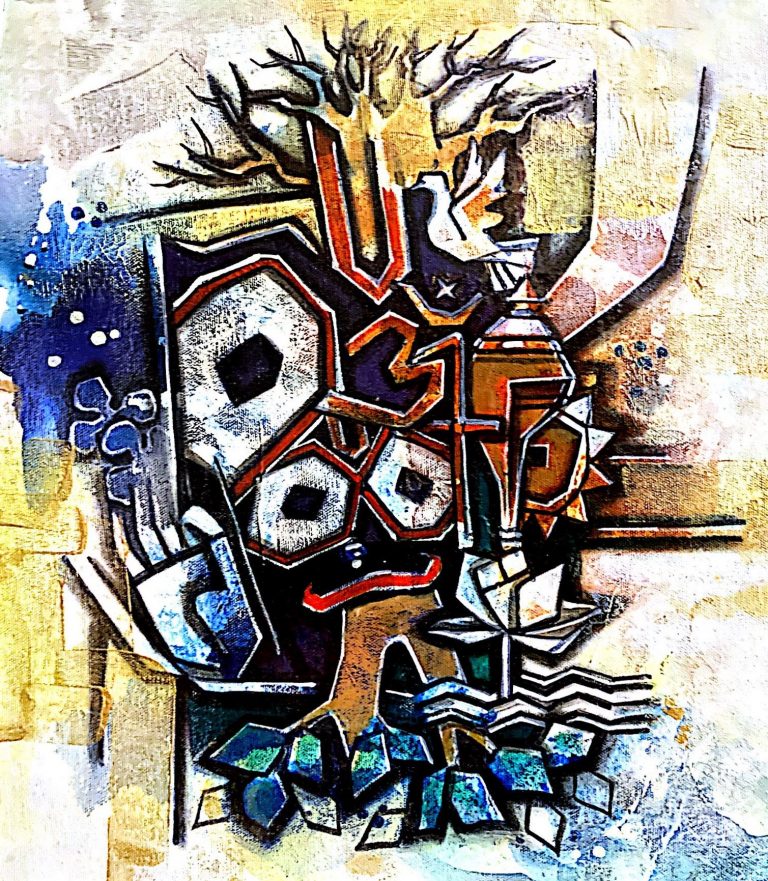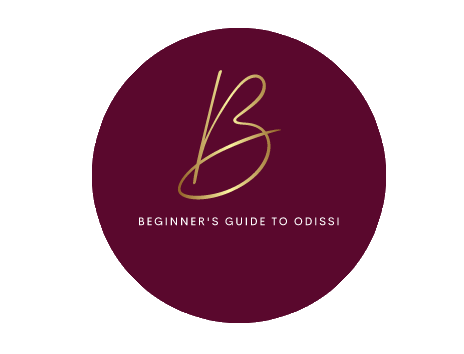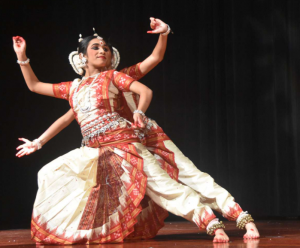Not until recently, was the Odissi dance style created and organized into a dance repertoire. Its roots came from the Mahari Dance, the first traditional dance style of Odisha. The Mahari Dance was a ritualistic temple dance form performed by chaste women in front of Lord Jagannath in the ancient Puri Temples. This dance form was not meant to be seen by the public (except during special occasions such as Ratha Yatra: The Chariot Festival), and the Mahari dancers (also known as Devadasis) spent their entire lifetimes performing in the temples. From birth, it was decided if a girl would dedicate her life to Lord Jagannath and dance for him every night.
Unfortunately, with the Mughal invasion followed by the British invasion, cultural dance forms came to a halt. Many of the Mahari dancers were raped and taken in as prostitutes. Society realized that it was not safe for women to take part in cultural performances, and more restrictions were put on them due to safety and fear of being taken by the outside forces.
Over time, many Gurus took notice of this Mahari dance form and wanted to showcase it in the public. They created a more refined style known as the Gotipua dance, which included more acrobatic stunts. For this dance form, Gurus recruited young boys aged 3 – up until puberty and trained them rigorously. This dance form was performed only by the young boys dressed up as girls, as girls were not allowed to perform in public at the time.
After India won its independence from the British Empire (also known as the British Raj), it experienced a period of Cultural Renaissance. The Ministry of Culture of India wanted to promote its ancient Indian cultures and arts. Tamil Nadu was the first successful state in Southern India to first officialize its dance form, Bharatnatyam as an Indian classical dance form. Seeing this movement promoting the arts, many notable Gurus from Odisha wanted to bring the same status to Odisha’s classical dance form: Odissi. They all worked to create an official repertoire that consisted of all the terminology, dance techniques, and performance item pieces.
This dance form was influenced by the expressive aspects of the Mahari dance, and the body training aspect of the Gotipua dance. Over the next few years, Odissi gained recognition all over India, and soon around the world. Notable gurus/dancers of Odissi who helped promote it globally include Guru Kelucharan Mohapatra, Guru Pankaj Charan Das, Guru Deba Prasad Das, Guru Gangadhar Pradhan, Guru Raghunath Dutta, Sanjukta Panigrahi, and many more.
History of Odissi


